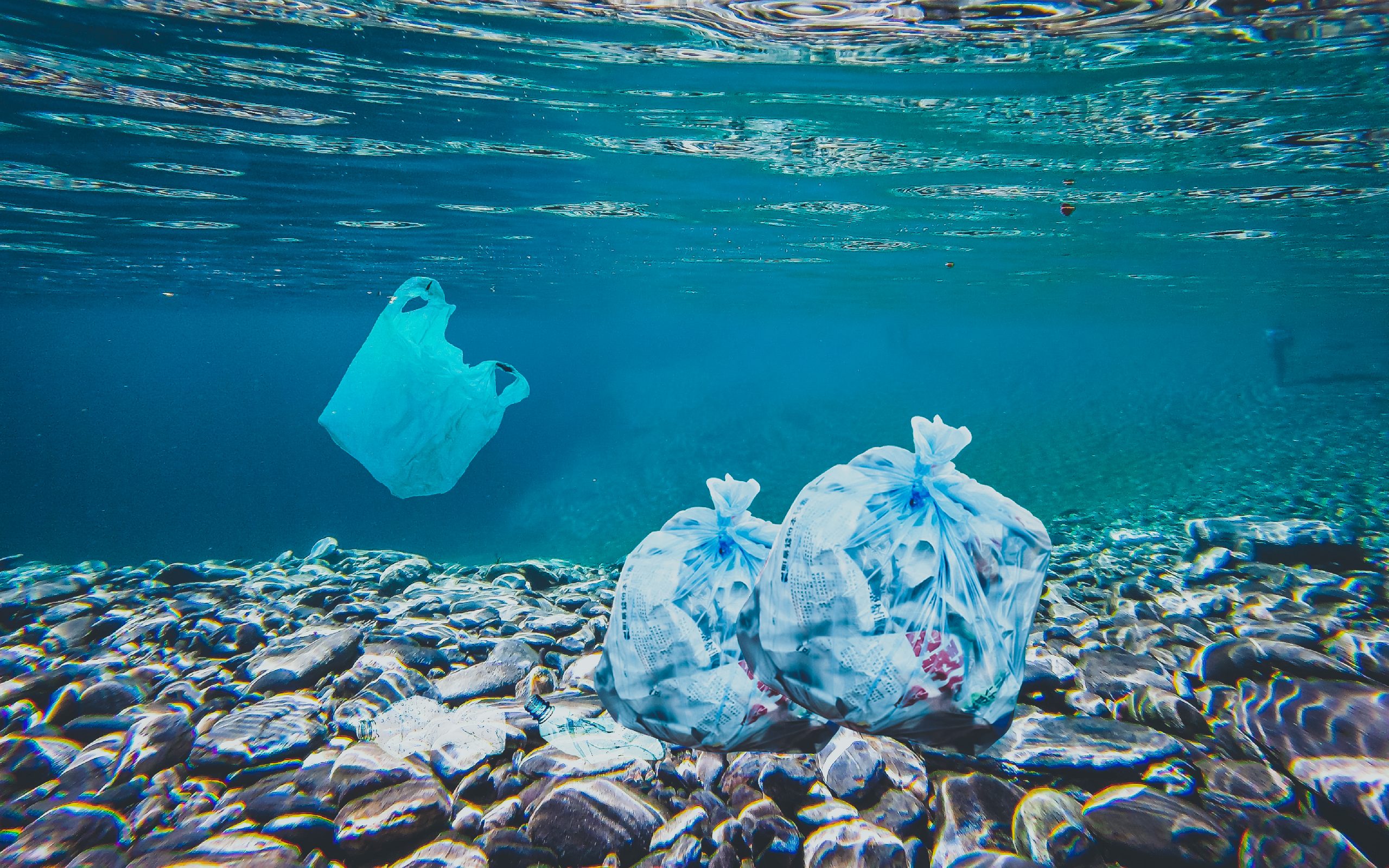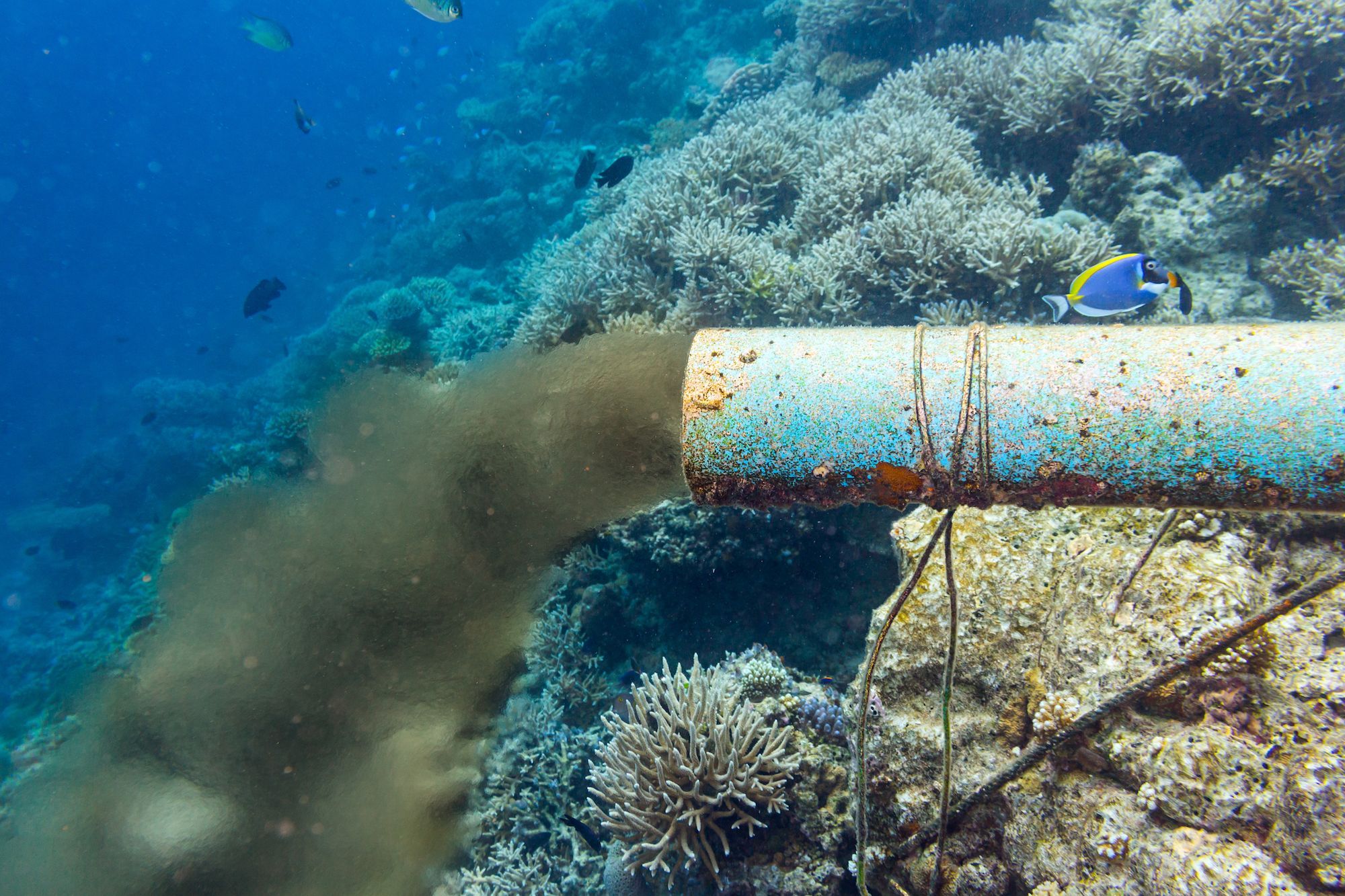

Pollution control involves strategies and measures to reduce or eliminate pollutants that negatively impact the environment and human health. Effective pollution control is essential for preserving marine ecosystems, improving water quality, and promoting overall environmental sustainability.
Plastic pollution is a significant environmental issue, with large amounts of plastic waste entering marine environments. Plastics can break down into microplastics, which are ingested by marine organisms and can cause harm to entire ecosystems. Strategies to combat plastic pollution include reducing single-use plastics, increasing recycling efforts, and implementing bans on plastic products.

Chemical pollution occurs when harmful chemicals such as pesticides, heavy metals, and industrial chemicals are released into the marine environment. These pollutants can have toxic effects on marine life, disrupt food chains, and impact human health. Pollution control measures include stricter regulations on chemical discharges and improving waste treatment facilities.

Nutrient pollution, primarily from agricultural runoff containing nitrogen and phosphorus, can lead to harmful algal blooms and dead zones in marine environments. These blooms deplete oxygen levels and create inhospitable conditions for marine life. Solutions include better agricultural practices, riparian buffer zones, and improved waste management.
Effective regulation and policy frameworks are crucial for pollution control. Policies can include restrictions on pollutant discharges, regulations on industrial practices, and international agreements aimed at reducing pollution. Examples include the Marine Pollution Convention and national regulations on wastewater treatment.
Technological innovations can play a significant role in pollution control. Advances in waste treatment technologies, pollution monitoring systems, and clean production techniques help minimize environmental impact. Examples include the development of biodegradable materials and advanced filtration systems.

Raising public awareness and educating communities about pollution and its impacts is vital for effective pollution control. Campaigns and educational programs can promote responsible behaviors, encourage participation in cleanup activities, and support sustainable practices.
Various regions have implemented successful plastic waste reduction programs. For example, cities that have banned single-use plastics or introduced comprehensive recycling programs have seen significant improvements in reducing plastic pollution.
Innovations in chemical waste management have led to the development of more effective treatment technologies and safer disposal methods. These advancements help reduce the release of harmful chemicals into marine environments.
Community-led clean-up initiatives have proven effective in addressing local pollution issues. Volunteer groups and local organizations have organized beach clean-ups, river cleanings, and awareness campaigns that contribute to reducing pollution and fostering community engagement.
